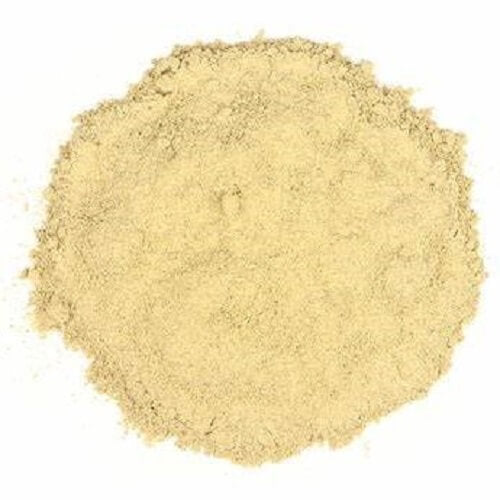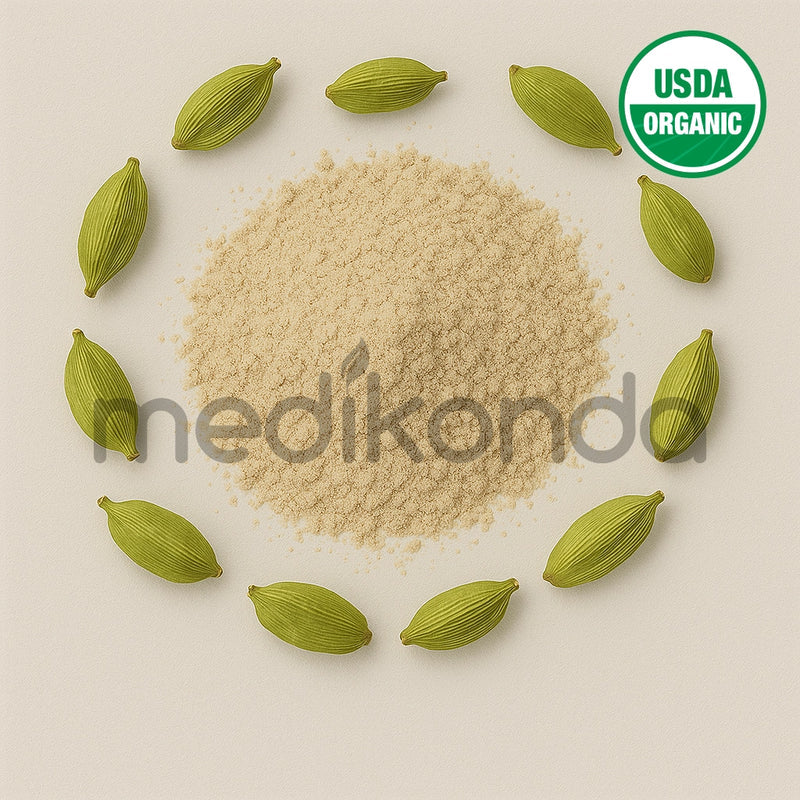Add description, images, menus and links to your mega menu
A column with no settings can be used as a spacer
Link to your collections, sales and even external links
Add up to five columns
Add description, images, menus and links to your mega menu
A column with no settings can be used as a spacer
Link to your collections, sales and even external links
Add up to five columns
LOOKING FOR BULK INGREDIENTS PRICING?
GET INSTANT QUOTEwhat ingredient are you looking for?

Benefits of Glucose Oxidase - Wholesale B2B Bulk Suppliers in Australia and New Zealand
Glucose Oxidase: A Versatile Enzyme with Powerful Applications
What is Glucose Oxidase?
Glucose oxidase is a naturally occurring enzyme that catalyzes the oxidation of β-D-glucose into gluconic acid and hydrogen peroxide in the presence of oxygen. It is produced by certain fungi and bacteria, particularly Aspergillus niger and Penicillium species. This enzyme is widely used across industries due to its ability to regulate glucose levels and produce antimicrobial hydrogen peroxide.
Glucose oxidase has found growing importance in food processing, pharmaceuticals, biosensors, animal feed, and healthcare owing to its stability, specificity, and clean-label recognition.
How Glucose Oxidase Works
Glucose oxidase operates by:
-
Binding to β-D-glucose
-
Using molecular oxygen as an electron acceptor
-
Producing gluconic acid and hydrogen peroxide (H₂O₂) as by-products
The enzyme is highly specific to glucose and functions optimally under acidic to neutral pH and moderate temperatures.
Key Applications of Glucose Oxidase
1. Food and Beverage Industry
-
Preservation: Hydrogen peroxide formed by glucose oxidase has antimicrobial properties, making it useful for extending shelf life in baked goods and beverages.
-
Bread Making: Improves dough strength and texture by oxidizing free glucose and reinforcing gluten structure.
-
Egg Product Stabilization: Removes residual glucose to prevent Maillard browning during pasteurization.
2. Biosensors and Glucose Monitoring
-
Glucose oxidase is the core enzyme in glucose test strips and biosensors used by diabetics.
-
It provides accurate, enzyme-based glucose measurements by generating an electrical signal in response to glucose levels.
-
Its stability makes it ideal for portable and long-lasting diagnostic devices.
3. Pharmaceutical and Medical Use
-
Used in wound healing formulations where the hydrogen peroxide provides antiseptic action.
-
Plays a role in oral care products to reduce bacterial load and improve gum health.
-
Incorporated in enzyme-based drug delivery systems and nanomedicine.
4. Animal Feed Industry
-
Improves gut health and digestion in poultry and livestock by reducing oxygen tension and promoting beneficial gut flora.
-
Functions as a natural alternative to antibiotics in feed.
5. Textile and Pulp Industries
-
Used in biobleaching and desizing processes as an eco-friendly alternative to harsh chemicals.
-
Reduces residual glucose and improves whiteness in fabric and paper production.
Benefits of Glucose Oxidase
-
Natural and biodegradable
-
Highly specific to glucose
-
Generates antibacterial hydrogen peroxide
-
Supports clean-label formulations
-
Compatible with diverse industries
-
Non-toxic and GRAS-approved for many applications
Safety and Stability
Glucose oxidase is generally recognized as safe (GRAS) when used in food and health products. It maintains stability under:
-
Moderate heat
-
Low moisture environments
-
Controlled pH (4.0–7.0)
However, hydrogen peroxide accumulation should be monitored in formulations to avoid oxidative stress in sensitive systems.
Final Thoughts
Glucose oxidase is a multifunctional enzyme that continues to demonstrate exceptional value across industries. From blood sugar monitoring and food preservation to animal health and biotechnology, its applications are vast and growing. Its natural origin, enzymatic efficiency, and broad functionality make glucose oxidase a key player in both modern industry and health innovation.
For bulk orders and inquiries, visit Medikonda Nutrients - Glucose Oxidase
Medikonda Nutrients is the Largest Manufacturer, B2B Bulk Wholesale Supplier of Glucose Oxidase in Australia and New Zealand.
Also in Medikonda: Health & Wellness
SUBSCRIBE NOW ...
Don't miss to get latest updates on sales, new releases and promotions




